
QuantumXparadoxx
The science they don’t teach you.
Quantum physics, space, time & paradoxes—decoded visually.
📩 DM for collaborations
Recent Posts

🌀 Big Bang or Black Hole? Unraveling Our Cosmic Origins Is the Big Bang just a myth? No — it’s the best scientific model for our universe’s expansion from an ultra-dense, hot state ~13.8 billion years ago. Evidence like cosmic microwave background radiation and galactic redshift supports it. But could our universe also be inside a black hole? Some advanced theories suggest our cosmic expansion might resemble the interior of a higher-dimensional black hole — a radical but intriguing idea at the frontier of physics. 🌌 Science keeps testing, questioning, refining. The universe is stranger — and more beautiful — than any myth. #BigBang #BlackHole #Cosmology #Astrophysics #ScienceExplained #Universe #SpaceScience #ScientificThinking #physicsfacts #explorepage✨ #universe #quantumxparadoxx #fyp #quantum #interstellar #foryou #insta #facts
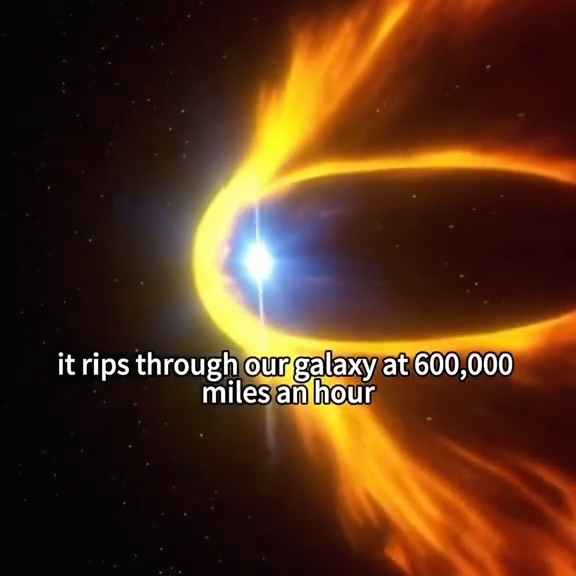
🕷️ Black Widow Pulsar: The Cosmic Cannibal 🌌 A Black Widow Pulsar is a rapidly spinning neutron star that devours its companion star, stripping it away with intense radiation and particle winds. • Spins hundreds of times per second • Emits powerful gamma rays and X-rays • Named after the spider that eats its mate 🔭 A testament to the violent beauty of our universe. #BlackWidowPulsar #NeutronStar #Astrophysics #SpaceFacts #Cosmos #astronomylovers #explorepage✨ #insta #universephotohub #fyp #universe #quantumxparadoxx #insta #nasa #spacex #reels
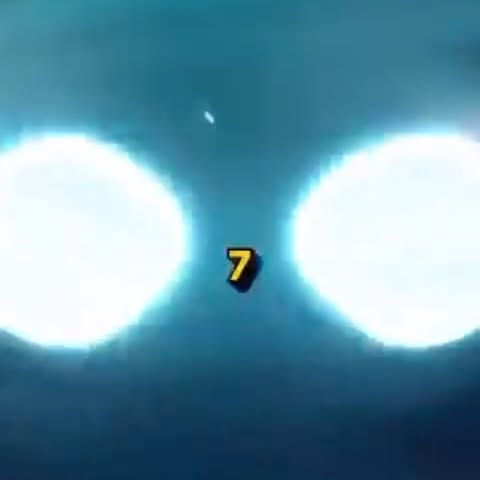
Einstein’s Genius Confirmed 🧠✨ The Double Pulsar system proved Einstein right again! Its precise timing let scientists test general relativity in extreme gravity—and every prediction held true. Space-time really does warp as he said. #Einstein #GeneralRelativity #DoublePulsar #Astrophysics #SpaceTime #fyp #foryou #facts #physics #science #nasa #reels #shorts
🔥 When Giants Collide: TON 618 vs. Phoenix A What happens when two of the universe’s most massive black holes head for collision? 🌀 The result isn’t just destruction — it’s the birth of a gravitational storm so powerful, it distorts space-time itself. 💥 The energy released would outshine galaxies, rip through the cosmos, and echo across the universe for billions of years. 👉 TON 618 – one of the most massive black holes ever found. 👉 Phoenix A – the heart of a galactic supercluster. If these two titans ever merged, the universe would tremble. 🌌 This isn’t sci-fi. It’s real cosmic physics. 🔭 Follow @QuantumXParadoxx for more mind-bending space facts. #BlackHole #TON618 #PhoenixA #CosmicCollisions #Astrophysics #SpaceMystery #quantumxparadoxx #galaxy #universe #foryou #fyp #universe #explorepage✨
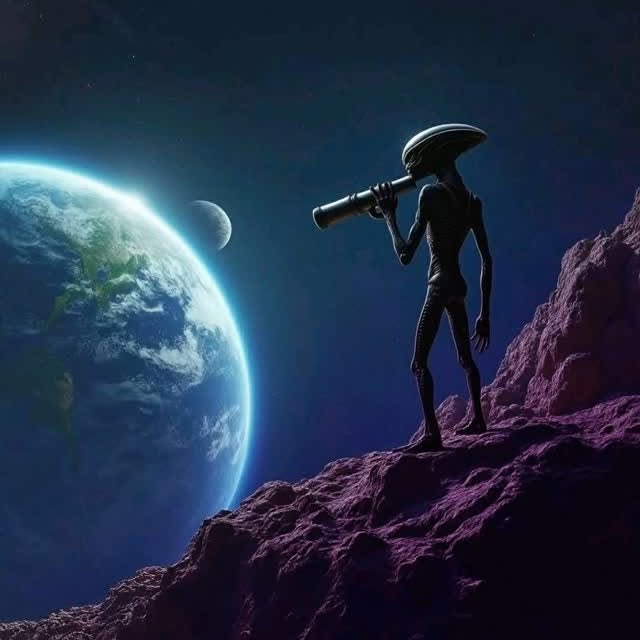
If an alien in a galaxy 65 million light years away is looking at us through a telescope right now, then they are seeing the Dinosaurs. Dinosaurs appeared about 250 to 235 million years ago and became extinct 66 million years ago in the end Cretaceous extinction. This means that if someone observes us from a galaxy far away, roughly 65 to 240 million light-years away, is likely that they see an image of our planet from the time when dinosaurs actually lived here.🗿 #fyp #foryou #explore #fact #universephotohub #aliens #lightyear #trendingreels❤️ #search #shorts #quantumxparadoxx
✨ We Once Just Suspected. Now We Know. ✨ 20 years ago, the idea of a supermassive black hole at our galaxy’s center was a strong suspicion. Today, it’s confirmed—with real images and precise measurements. Science turns questions into knowledge. 📝 “Astronomy is a humbling and character-building experience.” – Prof. Brian Cox #BlackHole #MilkyWay #Astronomy #SpaceScience #BrianCox #Cosmos #ScienceExplained #astrophysics #explorepage✨ #universe #quantumxparadoxx #fyp #insta #foryou
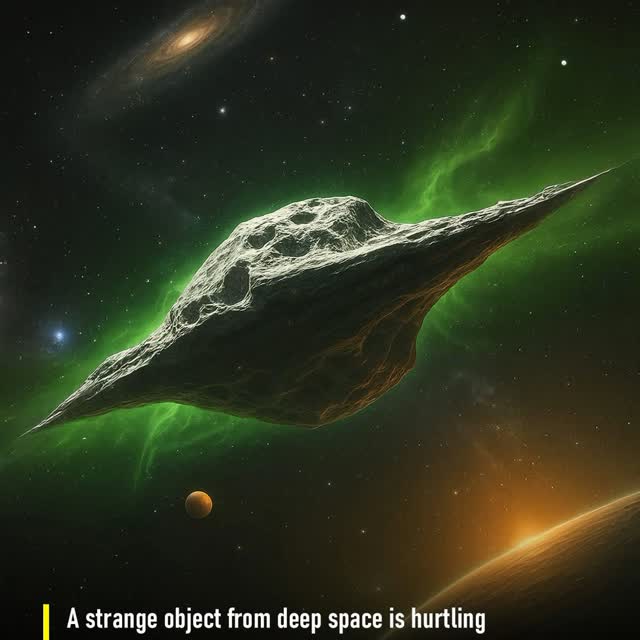
Astronomers have announced the detection of 3I/ATLAS, the third confirmed interstellar object speeding through our Solar System at an incredible 70 km/s (about 43 miles per second). This visitor from deep space follows a hyperbolic path and is expected to pass inside Mars’s orbit later this year. Spotted by the ATLAS observatory in Chile on July 1, 2025, 3I/ATLAS is likely a comet, showing a faint coma and a short tail, which earned it the official comet designation C/2025 N1. Measuring up to 20 km (12.4 miles) across, it may be the largest interstellar object observed so far, although its bright coma hints the solid nucleus might be smaller. On its hyperbolic trajectory, 3I/ATLAS is not gravitationally bound to the Sun. It will safely pass Mars on October 3, 2025, at about 0.19 AU (approximately 28 million kilometers), reach its closest approach to the Sun near 1.35 AU on October 29, and come closest to Earth around December 19 at roughly 1.79 AU. This rare discovery marks only the third interstellar object known—following ʻOumuamua in 2017 and 2I/Borisov in 2019—and offers a valuable chance to study material from beyond our Solar System. Unlike ʻOumuamua, 3I/ATLAS resembles a typical comet, making it a more accessible target for both professional and amateur astronomers as it brightens to about magnitude 15 later this year. #fact #fyp #explorepage✨ #universe #foryou #foryoupage💙
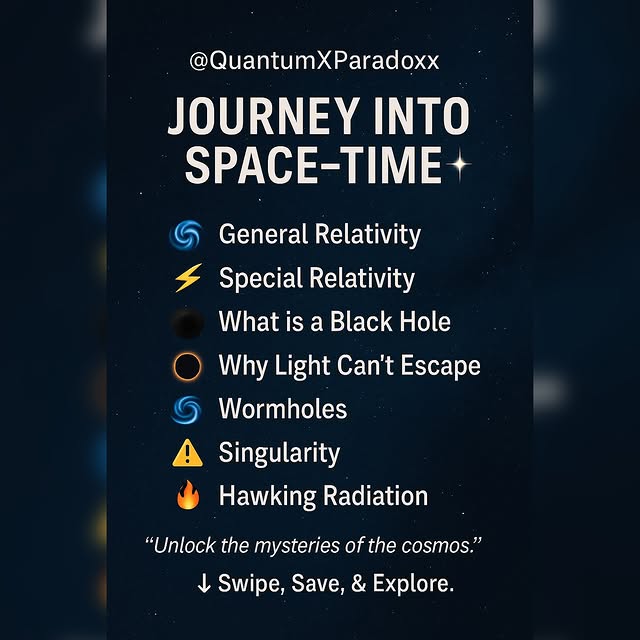
🌌 Unlocking the Mysteries of the Universe 🌌 Ever wondered what lies beyond our understanding? • Black Hole: A cosmic abyss where even light can’t escape. • Wormhole: A theoretical shortcut through spacetime. • Special Relativity: Einstein’s blueprint for how time and space shift at high speeds. • General Relativity: Gravity as the warping of spacetime itself. • Hawking Radiation: Black holes can evaporate over time! • Singularity: The point of infinite density at a black hole’s core. 🌀 The universe isn’t just strange—it’s stranger than we can imagine. ⸻ #BlackHole #Wormhole #SpecialRelativity #GeneralRelativity #HawkingRadiation #Singularity #SpaceTime #Astrophysics #CosmicMysteries #quantumxparadoxx #fact #fyp #foryou #explore #virals
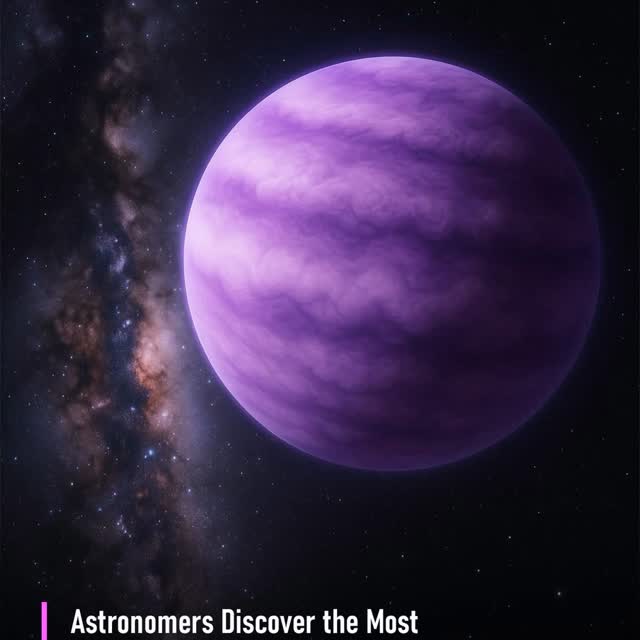
Astronomers Discover an Ultra-Low Density ‘Marshmallow’ Planet ☁️ TOI-3757b is a gas giant about the same size as Jupiter but far less massive—making it incredibly light and puffy, almost like a marshmallow. This unusual planet orbits a red dwarf star located 580 light-years away in the constellation Auriga, completing an orbit every 3.4 days. Despite the star’s frequent intense flares, which usually strip planets of their atmospheres, TOI-3757b has retained a massive, low-density gaseous envelope. Scientists think its fluffiness could result from a slowly forming rocky core combined with an eccentric, oval-shaped orbit that causes its atmosphere to expand when it gets closer to its star. This discovery is significant because red dwarfs are the most common stars in the Milky Way. Finding such a large, puffy planet around one challenges earlier ideas about planet formation and survival in these systems. With an average density of only 0.27 grams per cubic centimeter, TOI-3757b may be the lightest gas giant ever observed. RESEARCH PAPER 📄 Shubham Kanodia et al., “TOI-3757 b: A Low-density Gas Giant Orbiting a Solar-metallicity M Dwarf,” The Astronomical Journal (2022)
M81 & M82 🌌 #facts #fyp #explore #nasa #virals #science #physics #galaxy #space #universe

🌌 Space Isn’t Silent… It’s Terrifying Out there, it’s not just darkness — it’s the unknown. No air, no light, no second chances. Just endless void… watching. #SpaceIsScary #CosmicHorror #VoidOfSilence #ScaryUniverse #AstronomyFacts #DarkSpace #quantumxparadoxx
Similar Influencers

Quantum Computing & Tech ⚛️

Prompted | Intelligenza Artificiale


Growth Forge AI

AI Strategies | Business Growth

Awakened Truths

CNET

Quantum | Agência de resultado

Physics Funny

the calculus guy

Rachel Barr | Neuroscientist

TECtalks

𝐂𝐡𝐢𝐩𝐮𝐥𝐚𝐫𝐢𝐭𝐲 ™ | 𝐓𝐞𝐜𝐡𝐧𝐨𝐥𝐨𝐠𝐲 | 𝐘𝐨𝐮𝐫 𝐄𝐝𝐠𝐞

Early Startup Days

Taylor Perkins (Cult Daddy)

Space Cameo

Nobel Prize
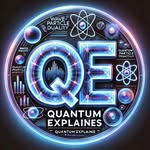
SCIENCE & TECHNOLOGY

Sinéad Bovell

Nathan Hodgson

AI Folks

Startup Archive

Space | universe | knowledge

Billy Carson

BBC News

David Marsh | Space for Earth

Lucio Arese
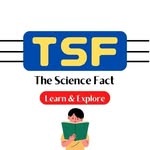
The Science Fact
NPR
